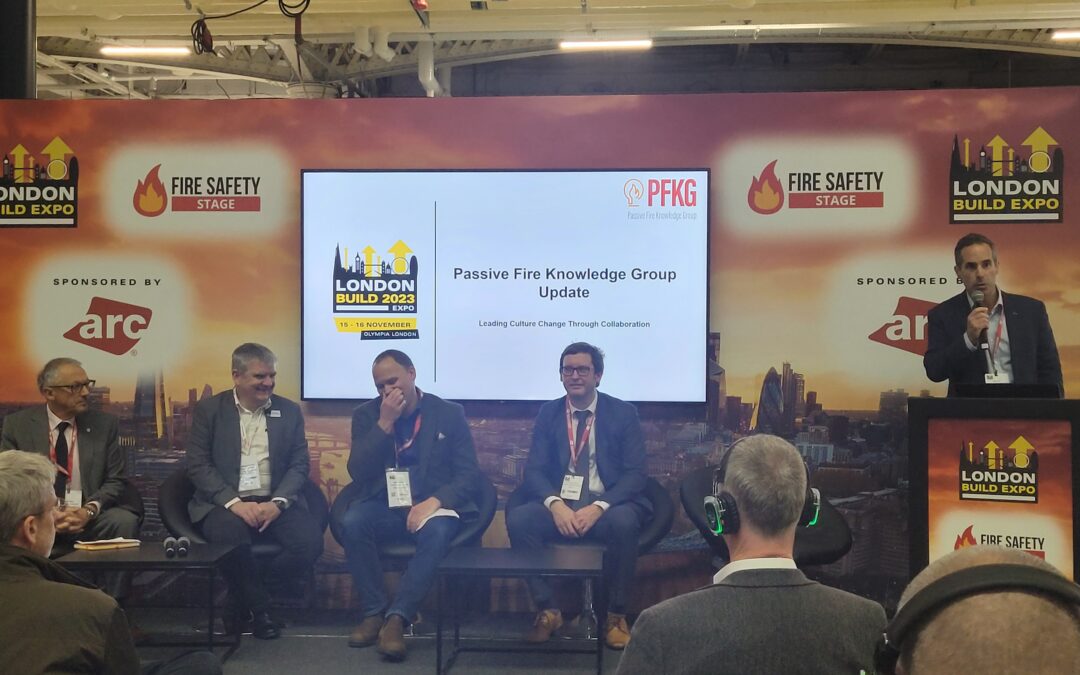
by Oscar Venus | Mar 21, 2024 | Building Safety Act, Health and Safety
HSE Director of Building Safety, Philip White, has officially announced in a public letter to the industry an extension to the deadline for experienced Building Inspectors in England to finish their competence assessment. Qualified Building Inspectors must meet the following criteria and will now have until July 6 to complete their assessment:
- Current Building Inspectors
- Register as a Class 1 Registered Building Inspector (RBI) by April 6
- Undergoing competency assessment by an approved scheme by April 6
- Not informed by an approved scheme of failing the competency assessment twice
Building Inspectors meeting these conditions can continue their building control duties for the RBI class they are assessed for until July 6, by which they must upgrade their registration to Class 2, 3, or 4. The transitional arrangements are now part of the Code of Conduct for RBIs, and as of March 14, 3,261 Building Inspectors had applied for registration.
The Welsh Government has stated that Building Inspectors in Wales must register by April 6 and now have until September 30 to complete their registration.

by Clair Mooney | Feb 16, 2024 | Building Safety Act, Health and Safety
Measures to permanently remove Reinforced Autoclaved Aerated Concrete (RAAC) from all affected schools and colleges, have been confirmed this week by the government. A final list of schools and colleges with confirmed cases of RAAC in schools and colleges in England has also been published. There are 234 education settings, out of 22,000, with confirmed RAAC in some areas of their buildings – around 1%. Click
here to read more.

by Oscar Venus | Dec 8, 2023 | Building Safety Act
The Building Safety Regulator (BSR) has published its first strategic plan, setting out how it will carry out its building safety functions through to March 2026. With a vision to “create a built environment where everyone is competent and takes responsibility to ensure buildings are of high quality and are safe”, the plan includes an ambitious roadmap outlining a wide‐ranging programme of activity for the next three years:
- Year one (April 2023 ‐ March 2024) ‐ Implementation of the new regime, including ensuring dutyholders are aware of their responsibilities and publishing a register of Higher‐Risk Buildings (HRBs)
- Year two (April 2024 ‐ March 2025) ‐ Consolidation of the regime, including establishing the regulated building control profession and assessing 20% of occupied HRBs, prioritising those with un‐remediated ACM cladding
- Year three (April 2025 ‐ March 2026) ‐ Operation of the regime on a ‘steady state’ basis, whilst reviewing the effectiveness of the BSR and setting its strategy for the next three years.
The BSR has also published its Enforcement Policy setting out where it will take action in the event of non‐compliance. Philip White, the HSE’s Director of Building Safety, has been appointed to lead the BSR on a permanent basis, which will include performing the duties of the Chief Inspector of Buildings.

by Oscar Venus | Nov 24, 2023 | Building Safety Act
The Higher-Risk Buildings (Keeping and Provision of Information etc.) (England) Regulations 2023, which outline the requirements for the Golden Thread of information and Mandatory Occurrence Reporting, have been presented to Parliament for approval.
The government has released remediation data for all programs supporting residential buildings over 11 meters in England with hazardous cladding. This is the first time such information has been made public and is intended to demonstrate the progress achieved.
The Building Safety Regulator’s webinar series is now available on-demand and aimed at assisting duty holders in understanding the new system, including the building control system and Planning Gateway One. If they have not already done so, members must register to view the videos.

by Clair Mooney | Nov 16, 2023 | Building Safety Act
The Welsh Government has published its response to the consultation on the definition of a Higher‐Risk Building (HRB). It confirms that a HRB in Wales will be defined as over 18 metres or more than seven storeys with a single residential unit, as opposed to two or more residential units in England. A number of standards, codes and rules documents have also been published in relation to the new building control system in Wales, which will commence in April 2024.

by Clair Mooney | Nov 16, 2023 | Building Safety Act, Technical
A new set of resources looking at penetrations and compatibility were launched today at London Build by the Passive Fire Knowledge Group (PFKG), a collaborative construction forum (co-chaired by FIS Technical Director Joe Cilia).
The PFKG brings together contractors, consultants and relevant trade associations established to encourage collaboration and improve the delivery of well designed, specified and installed passive fire protection by focusing on three key areas: Process, Testing and Education. The group aims to investigate, understand, inform and promote knowledge and research in all areas of passive fire protection and support compliance through the supply chain with the Building Safety Act.
The new resources have been developed to support compliance in the supply chain and cover:
- Knowledge Share 1 – MEP Service Positioning And Separation Within Compartment Walls
- Knowledge Share 2 – Wall Compatibility Checks
- Knowledge Share 3 – Shaft Walls & Services Penetrations
- MEP Services Penetration Seals Best Practice Design And Specification
The resources are available to download from the PFKG website here : https://pfkg.org/reports-2/






